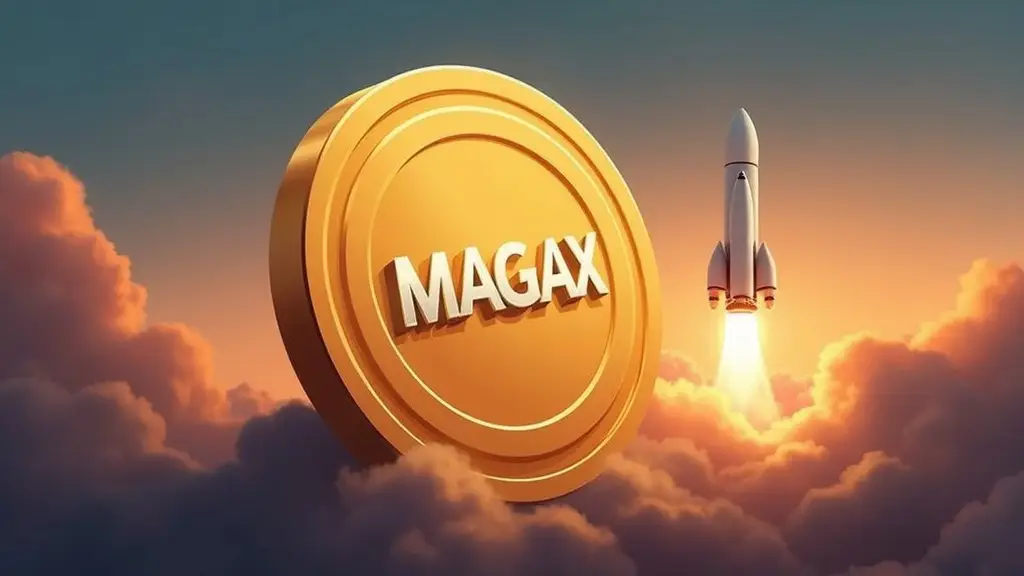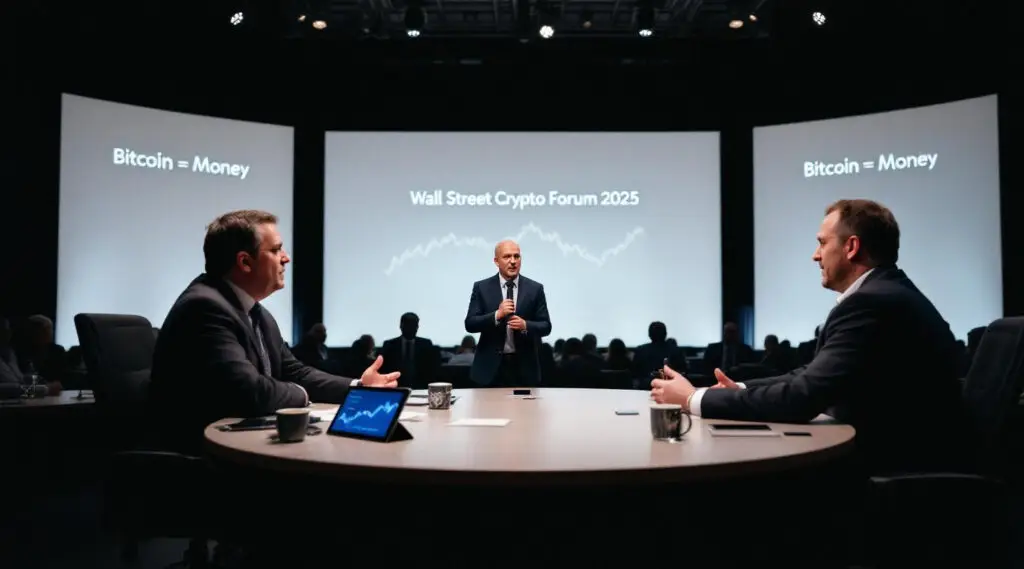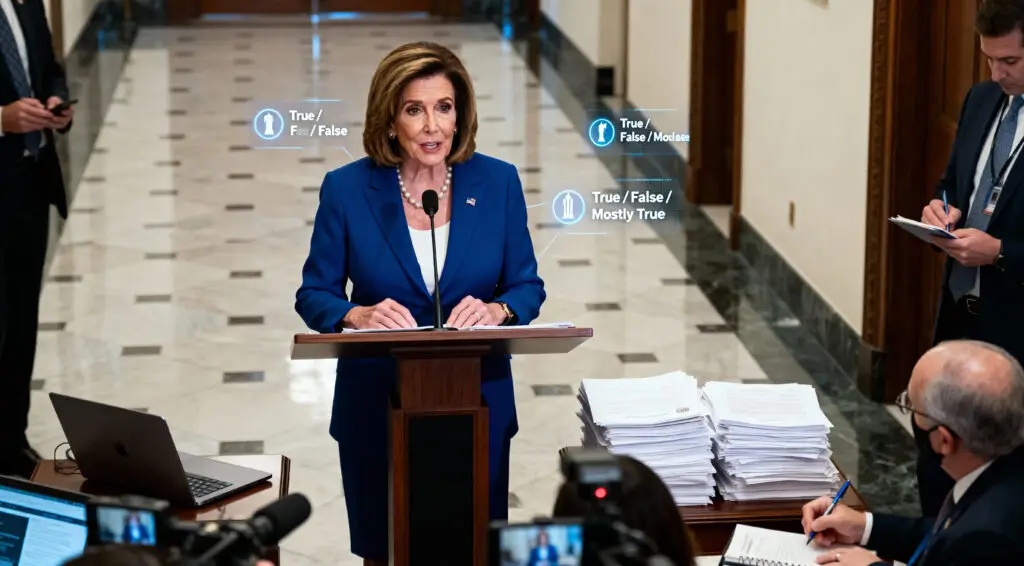A Major Boost from Visa
Solana (SOL) experienced a significant price jump of 4.28% in 24 hours, pushing its value to $174.33, following Visa’s announcement that it would expand its stablecoin settlement program to include the Solana blockchain. This major development serves as a powerful validation of Solana’s technical capabilities, particularly its speed and scalability. Visa specifically highlighted the blockchain’s ability to handle high transaction volumes with low fees and fast finality as key reasons for the integration. This partnership positions Solana as a key player in the future of cross-border payments.
Solana’s Position in the Crypto Ecosystem
This news comes at a crucial time for Solana, which had recently experienced a 25% drop from its July high of $206. The integration with Visa, however, strengthens Solana’s reputation as a fast and scalable payment network, renewing investor interest. This move makes Solana the second blockchain, after Ethereum, to support Visa’s stablecoin initiative. Given Visa’s global reach and Solana’s efficient architecture, this collaboration has the potential to streamline global payments and accelerate the broader adoption of blockchain-based finance.
Growing Institutional Activity
Beyond the Visa partnership, Solana has seen a marked increase in institutional interest. Data from the Chicago Mercantile Exchange (CME) shows that futures trading volume for SOL surged to $8.1 billion in July, a staggering 252% increase. This spike in derivatives exposure signals growing maturity and investor confidence in the Solana ecosystem. Furthermore, the Solana Foundation launched its second-generation blockchain smartphone, Seeker, on August 4. This real-world hardware release demonstrates the network’s ambition to expand beyond decentralized finance (DeFi) and non-fungible tokens (NFTs) and into broader consumer applications.
A Mixed Technical Outlook
Solana’s current price of $174.33 reflects a near-term recovery, but its technical indicators present a mixed picture. The Relative Strength Index (RSI) is at a neutral 52.29, suggesting that momentum is neither overbought nor oversold. While the price is above its 7-day Simple Moving Average (SMA) of $167.41, it remains slightly below the 20-day SMA of $178.23, which is acting as a near-term resistance level. The long-term trend remains bullish, however, as the price is well above the 200-day SMA of $160.50.
Key Price Levels to Watch
As Solana consolidates, several key price levels have emerged. Immediate support is at $155.83, which serves as a potential stop-loss zone for swing traders. Longer-term, a strong support level is at $126.00. On the resistance side, the 20-day SMA at $178.23 is a near-term hurdle, while the July peak of $206.30 is the next major upside target. The 52-week high of $261.97 is a long-term resistance level and would signify a major bullish breakout. A sustained move above $178.23 could initiate a fresh rally toward the $200 mark and beyond.
Is Now the Right Time to Buy?
The current price action presents several opportunities, depending on an investor’s strategy. Swing traders might find a solid setup by buying near $174 with a stop-loss at $155.83, targeting the July peak for a favorable risk-to-reward ratio. More conservative investors might prefer to wait for a confirmed breakout above the 20-day SMA at $178.23, which would signal stronger bullish momentum and reduce downside risk. The long-term fundamentals, strengthened by the Visa integration and growing institutional interest, provide a compelling case for further gains.
Conclusion
Solana’s recent price boost, driven by the Visa partnership, is a significant validation of its technology and utility in real-world financial infrastructure. This development, combined with rising institutional interest and a new consumer hardware product, has re-energized investor confidence. With mixed but promising technical indicators, Solana is poised for a potential breakout if it can overcome the near-term resistance. This makes it one of the most promising Layer 1 blockchains to watch in 2025, blending technical innovation, real-world use cases, and market momentum into a compelling package.
Read More: Solana ETFs Nearing Approval: Is It Time to Invest Before It’s Too Late?























